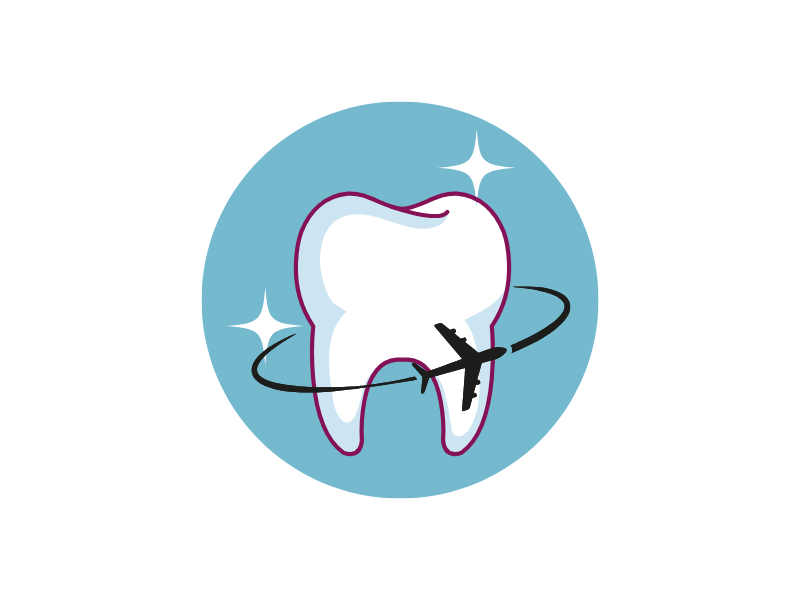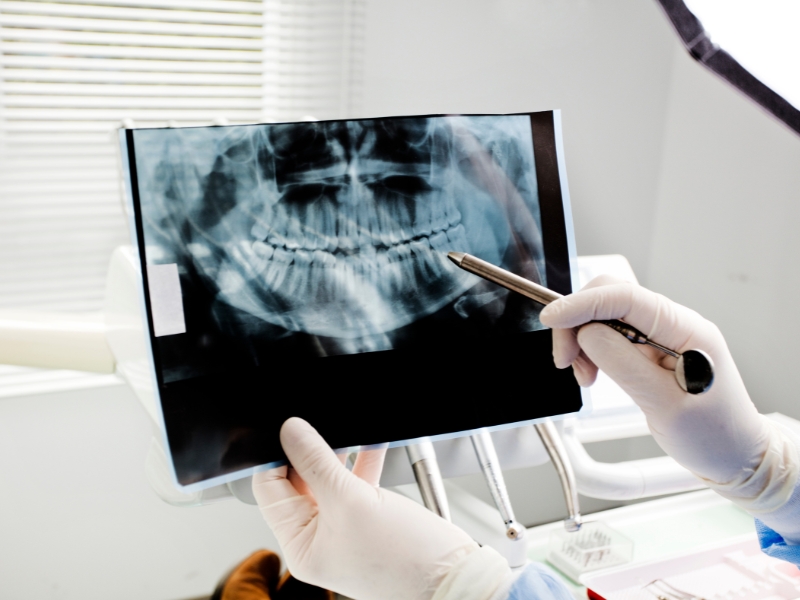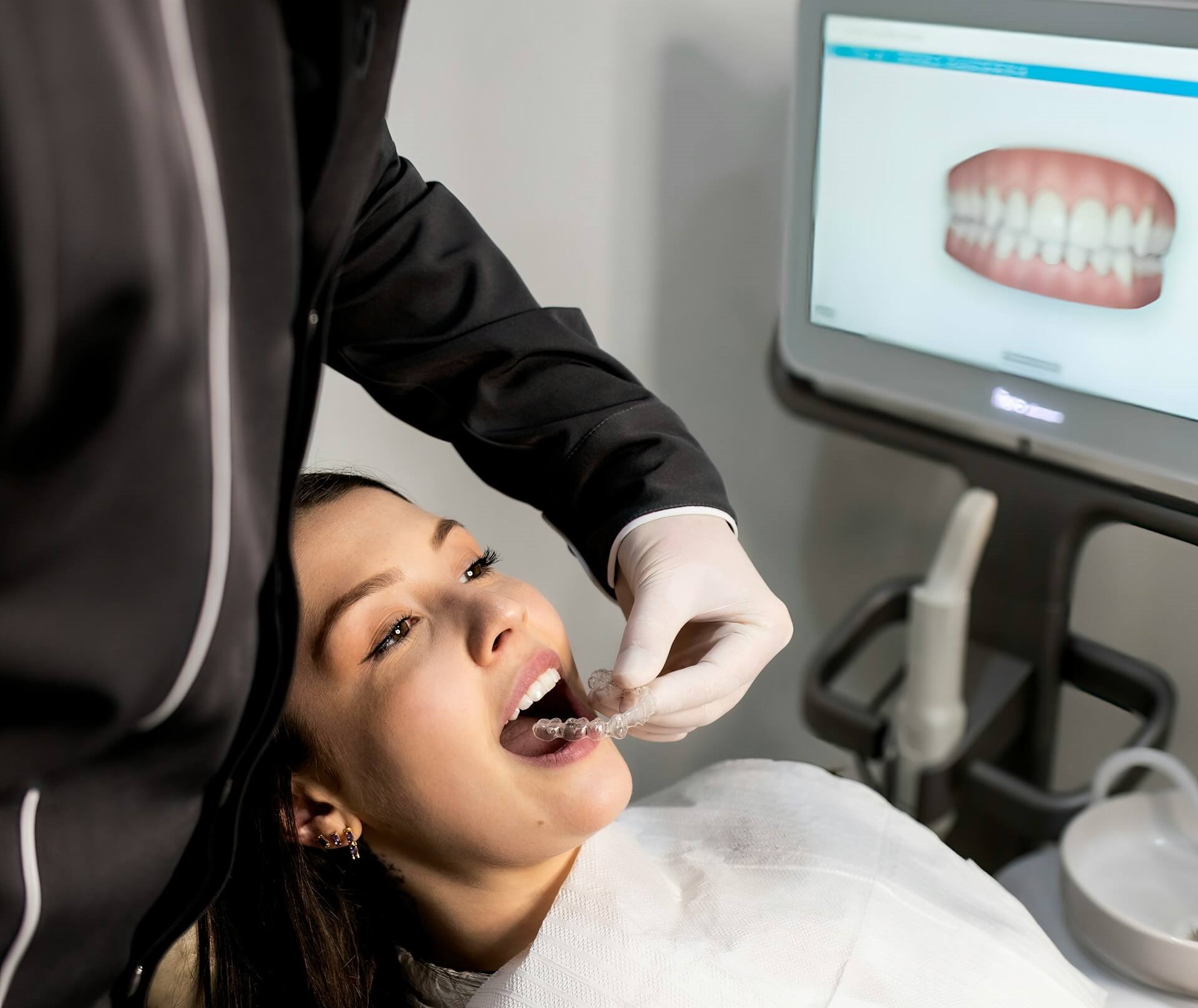A Rising Tide: The Expanding Scope of Oral Diseases
Between 1990 and 2015, the global prevalence of oral conditions climbed dramatically. This surge, driven primarily by population growth and aging, belies the relative stability of age-standardized prevalence rates. Some key findings include:
- Untreated dental caries in permanent teeth remain the most prevalent condition globally, affecting 2.5 billion people in 2015, a sharp rise from 1.7 billion in 1990.
- Cases of severe chronic periodontitis (SCP) surged from 307 million to 538 million.
- Total tooth loss rose from 157 million cases to 276 million, reflecting the cumulative impact of untreated oral diseases.
The impact of these conditions is measured in Disability-Adjusted Life Years (DALYs)—a metric combining years of life lost and years lived with disability. DALYs attributable to oral diseases grew by 64% between 1990 and 2015, with total tooth loss alone accounting for 7.6 million DALYs globally. Such statistics illuminate a grim reality: oral diseases are not just a health challenge—they are a profound quality-of-life issue.
The Hidden Costs of Neglect
The implications of these findings ripple through every facet of society. Economically, the global burden of oral diseases is crippling. In 2010 alone, direct treatment costs reached $298 billion annually, with an additional $144 billion in indirect costs. These expenditures eclipse the budgets of many healthcare systems, underscoring the urgency of prioritizing preventative care.
Beyond economics lies the human cost. Conditions like total tooth loss and severe periodontitis erode the ability to eat, speak, and smile, plunging individuals into a cycle of physical, psychological, and social harm. The GBD study poignantly defines the disability of total tooth loss as “great difficulty in eating meat, fruits, and vegetables,” capturing the stark realities faced by millions.
Disparities in the Burden of Oral Diseases
Geography plays a critical role in the burden of oral diseases. The GBD 2015 study highlights stark regional disparities:
- Tropical Latin America bears the highest rates of total tooth loss globally.
- Andean Latin America leads in the prevalence of untreated caries in permanent teeth, with rates exceeding 54%.
- West Sub-Saharan Africa experiences the highest prevalence of severe periodontitis at 10.5%, while Central Sub-Saharan Africa saw a 114.5% rise in DALYs due to oral diseases.
These disparities reveal the interplay of socioeconomic, environmental, and healthcare system factors, demanding targeted interventions tailored to regional needs.
Turning the Tide: Toward a Paradigm Shift
Despite international oral health goals set for 2020, including those by the World Dental Federation and World Health Organization, progress has been halting. The GBD findings call for a decisive pivot in strategy:
- Preventative Measures: Campaigns promoting oral hygiene, fluoride programs, and reduced sugar intake are cost-effective interventions with proven results.
- Equitable Access to Care: Including dental care in universal health coverage schemes can bridge the gap in affordability and accessibility.
- Innovative Approaches: Minimal-Intervention Dentistry, which prioritizes the treatment of pain and infection while preserving natural teeth, could be transformative in low-resource settings.

Conclusion: A Call to Action
The global burden of oral diseases reflects a silent epidemic that spans decades, continents, and generations. The GBD 2015 study, alongside WHO’s Global Oral Health Status Report 2022, paints a sobering picture: 3.5 billion people affected and counting. It is a crisis demanding immediate action, with strategies that prioritize prevention, equity, and innovation.
To reduce the staggering human and economic toll of oral diseases, policymakers and healthcare leaders must elevate oral health to the forefront of global health initiatives. With robust, data-driven interventions, a healthier, more equitable future is within reach. But the window for action is closing. The time to act is now.













